In my new series “Vivid Cities”, I try to find the heart of some of the world’s most memorable, most evocative metropolises. Istanbul is a vivid city if ever I saw one, but its heart doesn’t lie in the mosques, nor in the laneways of Sultanahmet…
Istiklal Cadessi, Istanbul’s prime shopping strip, aimed at tourists and well-heeled locals, is nothing if not atmospheric. Walking down the wide thoroughfare at night was like swimming through an illuminated cave; hemmed in by the terraced shops with their glamorous window displays, ducking and weaving through the swarming crowd, the freezing night sky an inky canopy above and the buzz of commercial activity warming the metropolis below.
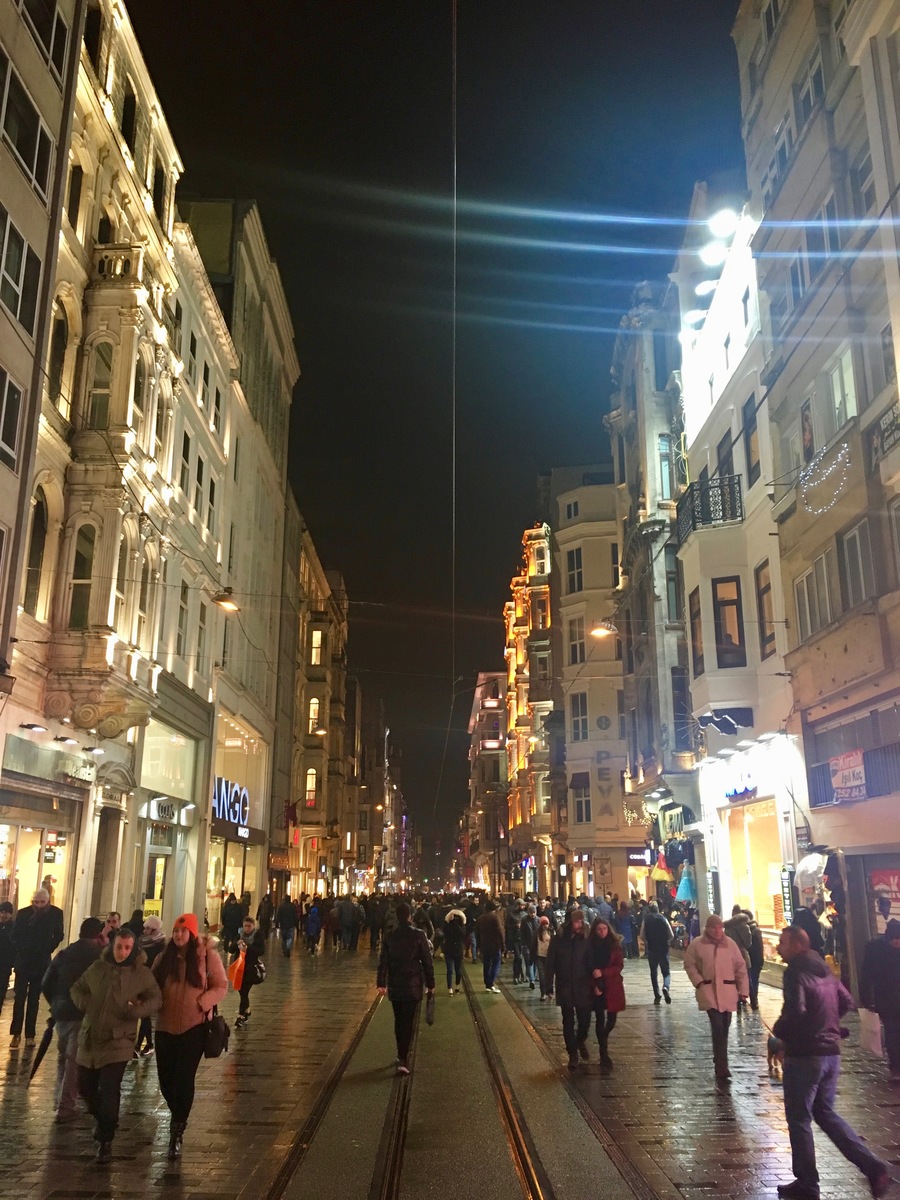
Istiklal Cadessi
From one side of the strip, a sentimental-sounding tune emanated from behind a crowd of people. I slowed down and weaved sideways to get a closer look. Passers-by had stopped to watch and listen to a band made up of Syrian refugees who were playing their instruments; a guitar, some drums, a violin. The tune was upbeat but strangely sad; it was as if they were celebrating something which had long been lost, like a childhood memory which is held so dear, yet whose time has passed. The crowd, mostly Arab, nodded and smiled and occasionally murmured in approval; they appeared to be familiar with the song, and were creating something of a shield between the musicians and the chilly wind which was blowing down the street. The music seemed to reach crescendo before coming to an abrupt end; the crowd hooted with gratitude, and each person contributed something to the musicians’ tin before dispersing. The musicians then turned inwards, creating a scrum, presumably diving up their earnings.
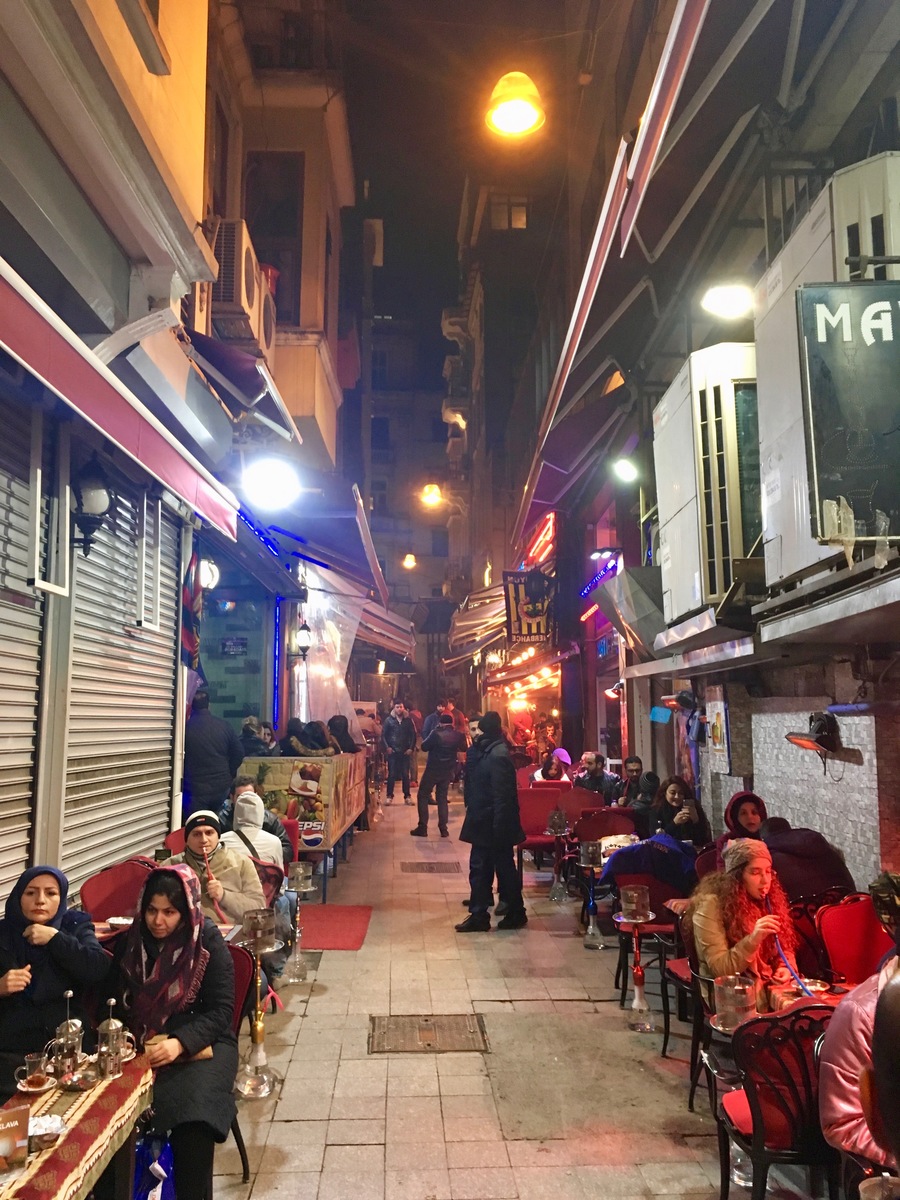
A bit further along still I escaped the crowds on a narrow laneway in to the left. Here, away form the hoards of tourists, I found a sheesha cafe in which to take a break. I ordered – double apple, with a mint tea on the side – and opened up my notebook to begin writing. The waiters at the cafe had become familiar with me over the couple of days prior, and I had become friendly with one waiter in particular. Amir* (not his real name) had seen me enter, so he came over to chat; “How are you, my friend?” he asked was a big smile in his almost comically thick Arabic accent. “I’m fine, I’m fine – how are you?” We continued exchanging pleasantries for the next few minutes, as is done, before I enquired about the band I had seen. “Yes, Syrian,” he said, “they are here like me”. What he meant, of course, is that he had come to Turkey and specifically Istanbul to make money. Amir had come to Turkey from Syria in 2014 in the hope of making enough to support his family back in Damascus. He couldn’t have known when he left that the war in his homeland would carry on as long as it has; it was either by arriving early, having the right background and connections, or through sheer luck that he got a regular job in a cafe instead of trying his luck on the side of Istiklal Cadessi like the musicians.
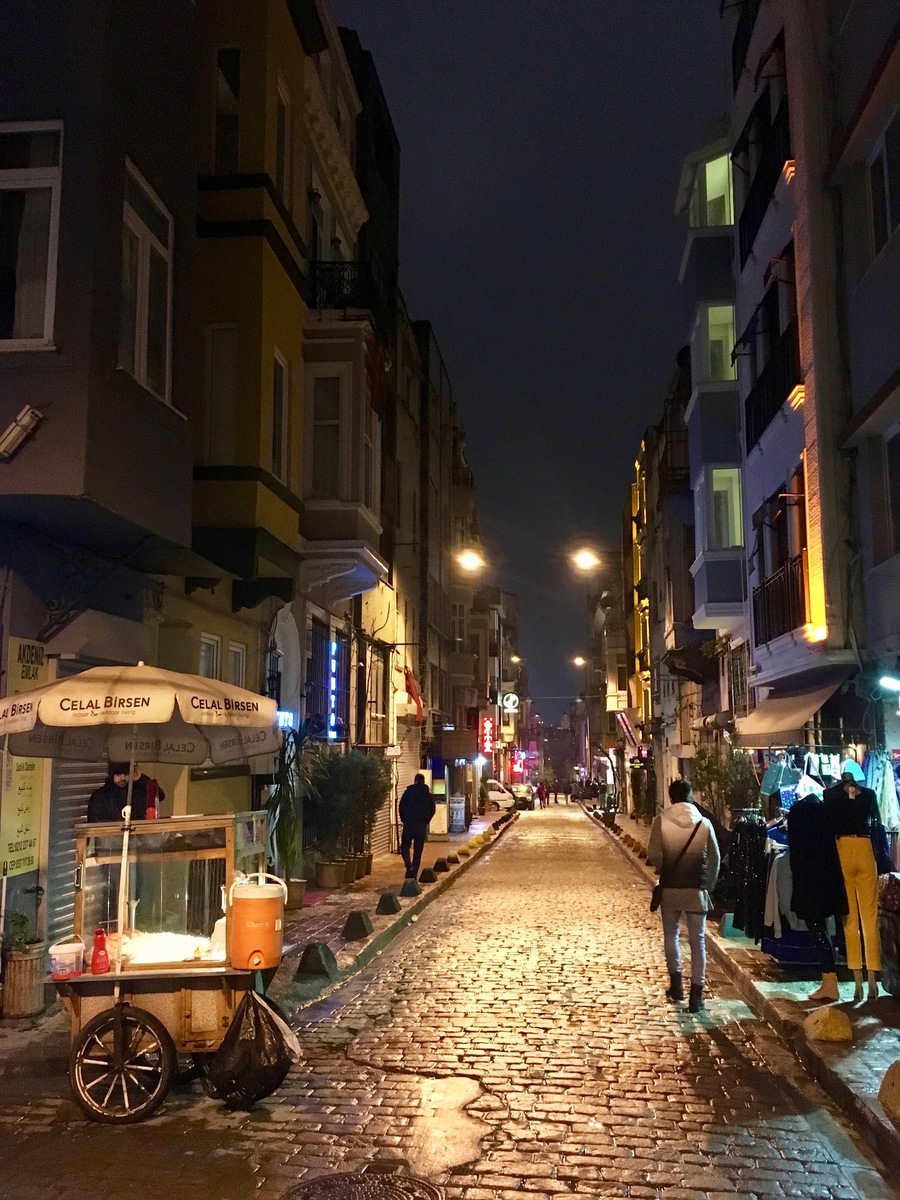
Istanbul, is a city made of merchants; from people who have come from across Turkey, the Middle East and the world, to turn a profit. Whether they came through opportunity – to do business – or through desperation – to search for greener pastures – Istanbul is a city with a mercantile heart. All those visitors walking down Istiklal Cadessi had come to spend money, and Istiklal Cadessi only exists to serve them. The roads which lead from Taksim Square down towards the Bosphorus are thronged with vehicles hurrying business people to the airport, traders to the dock, sellers and buyers to the bazaar and laymen to shopping centres.
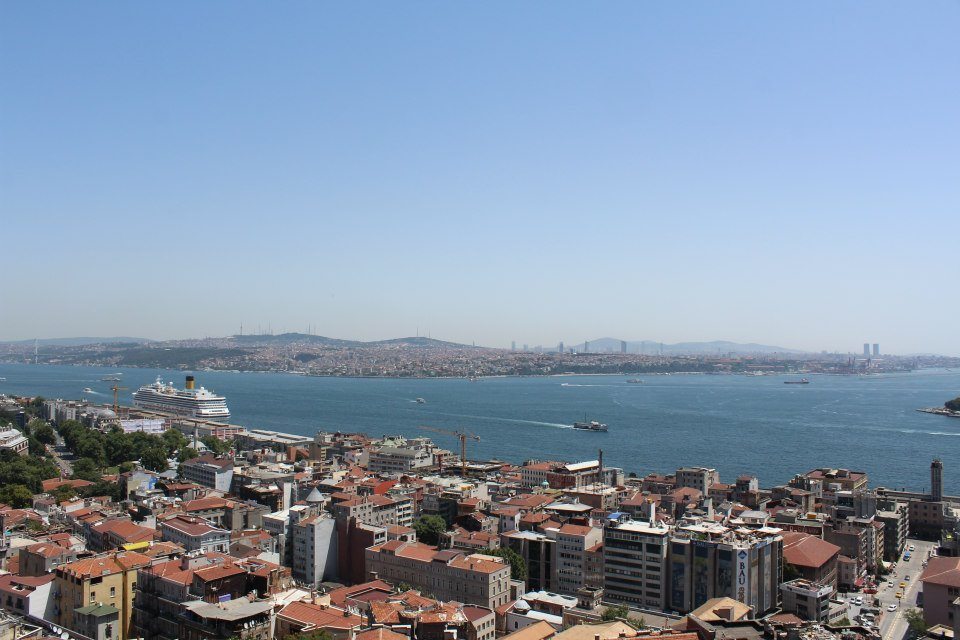
Istanbul and the Bosphorus from Galata Tower, the Asian side is the far shore
Istanbul lies at the crossroads of Asia and Europe; one half of the city lies on the Asian continent, in “Anatolia” (the part of Turkey which extends to the borders with Syria, Iraq and Iran). It has also been a major node on the Silk Route for centuries; a major trading port for both land and sea transport of goods on the corridor between China and Europe. Modern history is no different; the planned opening of a new international airport in October will see Turkish Airlines, currently one of the world’s biggest airlines, expand its wings even further across the globe with Istanbul as its hub.
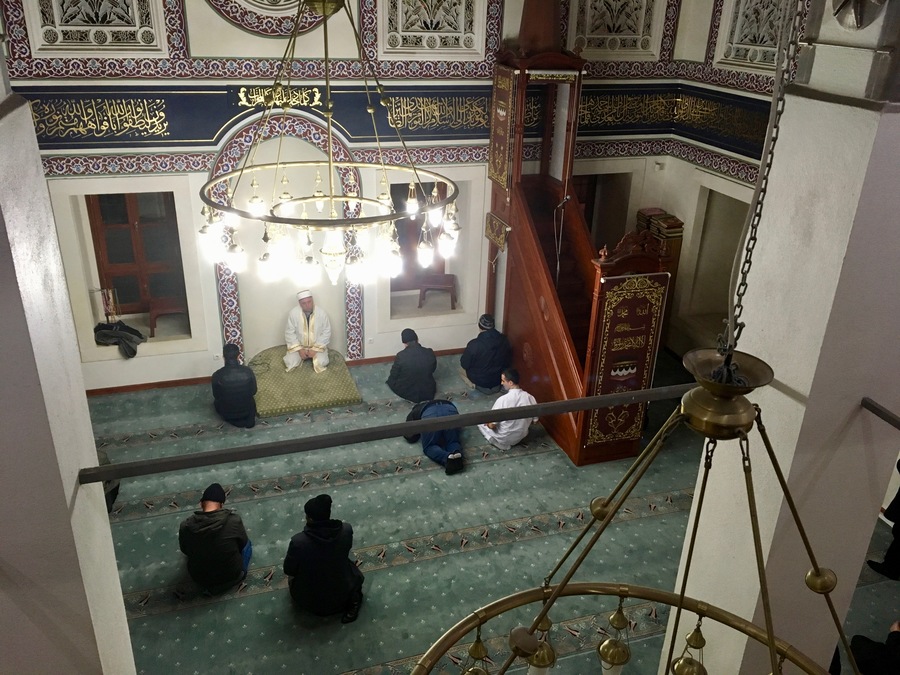
All of this has meant that Istanbul has not only been at the centre of exchange of goods and products and money, but also ideas. For millennia Istanbul has been at the crossroads of history, with competing cultural influences from Persia to the east, Mongolia and the Turkic-speaking Central Asian countries further afield, the Arab World to the south, Europe to the north and west, and Africa across the Mediterranean. These various cultures, along with each visitor’s individual reasons for coming, have shaped the cosmopolitan metropolis that is modern Istanbul.
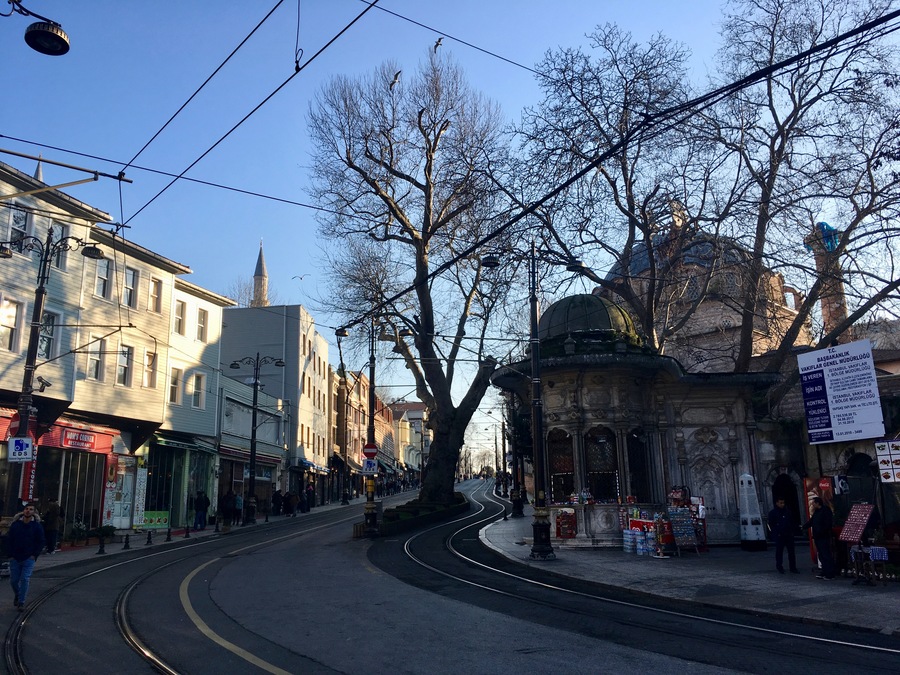
Sultanahmet
The next day I woke up at my hotel near Taksim Square and set out for the historic district of Sultanahmet, across the river. Sultanahmet is where Istanbul’s most iconic buildings are; with Sultanahmet Mosque, better known as the Blue Mosque, at its heart. Nearby is the historic Hagia Sophia (also spelled Aya Sofya), a former Greek Orthodox cathedral which was converted into a Catholic cathedral and then a mosque as Istanbul’s religious affiliations changed with the times.
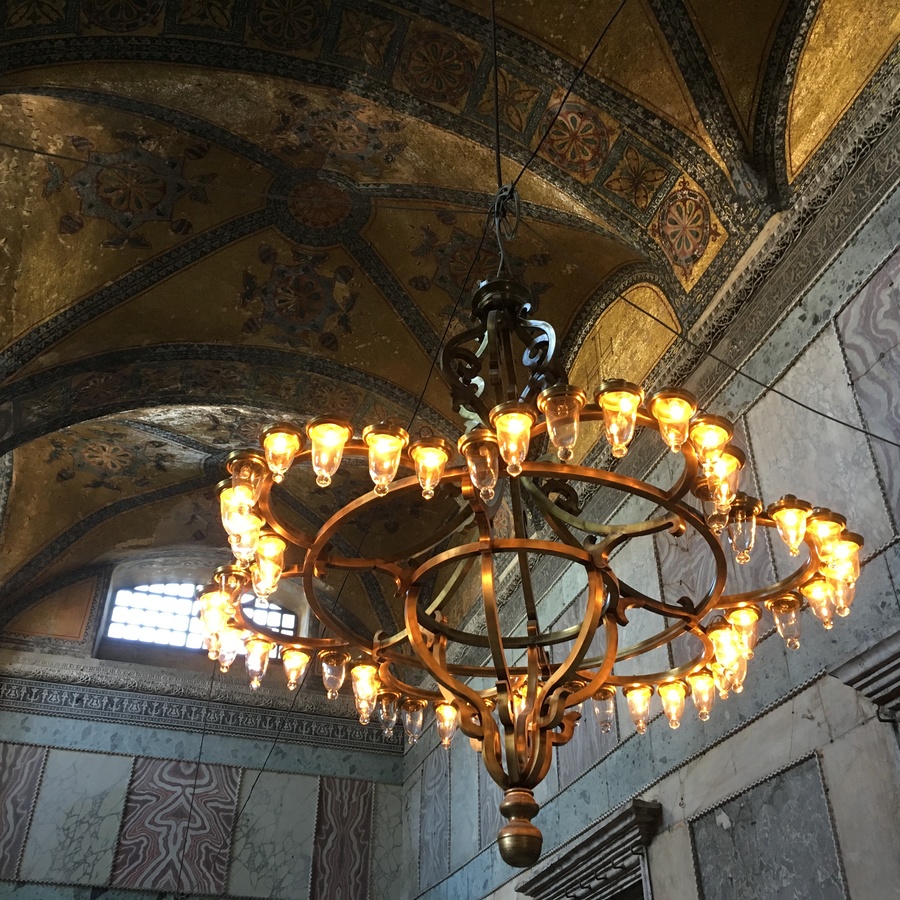
Hagia Sofia
Built in 537 AD, the story of Hagia Sophia is similar to that of the city’s itself; if the structure’s walls could talk they would speak of the days when the city was known as Constantinople, the capital of the Roman Empire. They would reflect on the cosmopolitan nature of Istanbul in how, even after the horrors of the Ottoman invasion, the city prevailed as a vibrant trading post for goods as well as ideas.
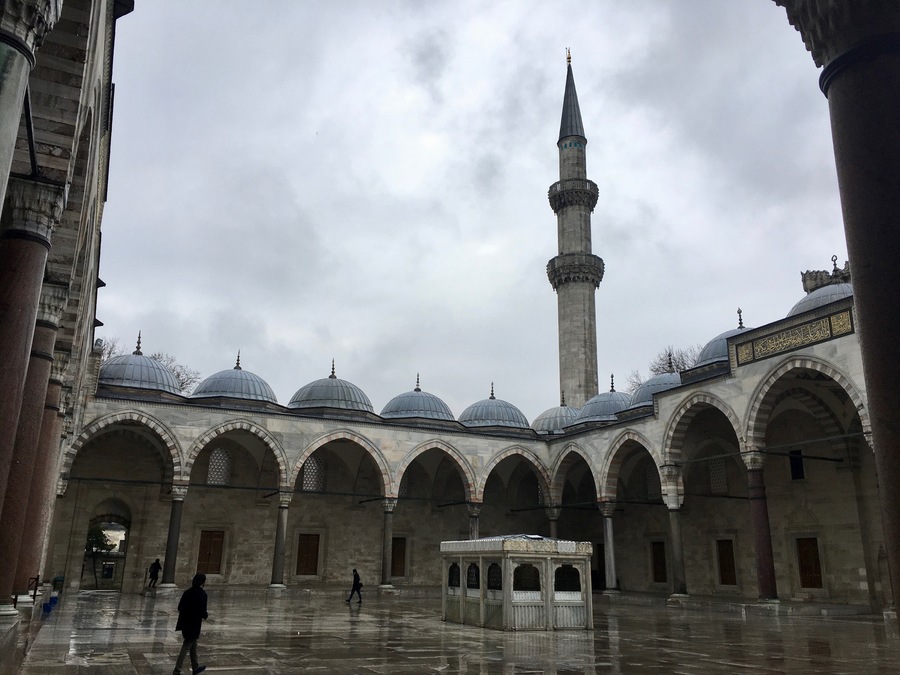
Sulemaniye Mosque, Sultanahmet
However Istanbul’s heart does not lie in Hagia Sofia, or indeed in this part of Sultanahmet. Hagia Sophia and its story could be seen as a manifestation of Istanbul’s history, but the city’s heart lies a few hundred metres to the west, in the Grand Bazaar of Istanbul. This place might have only been built in 1455, relatively late by local standards, but it speaks of the mercantile heart of the great city on the Bosphorus. It was originally conceived by the city’s administration at the time as a way to promote economic activity. And promote it did – within centuries the bazaar sprawled beyond its structure, with carts and stalls lining the surrounding city blocks.
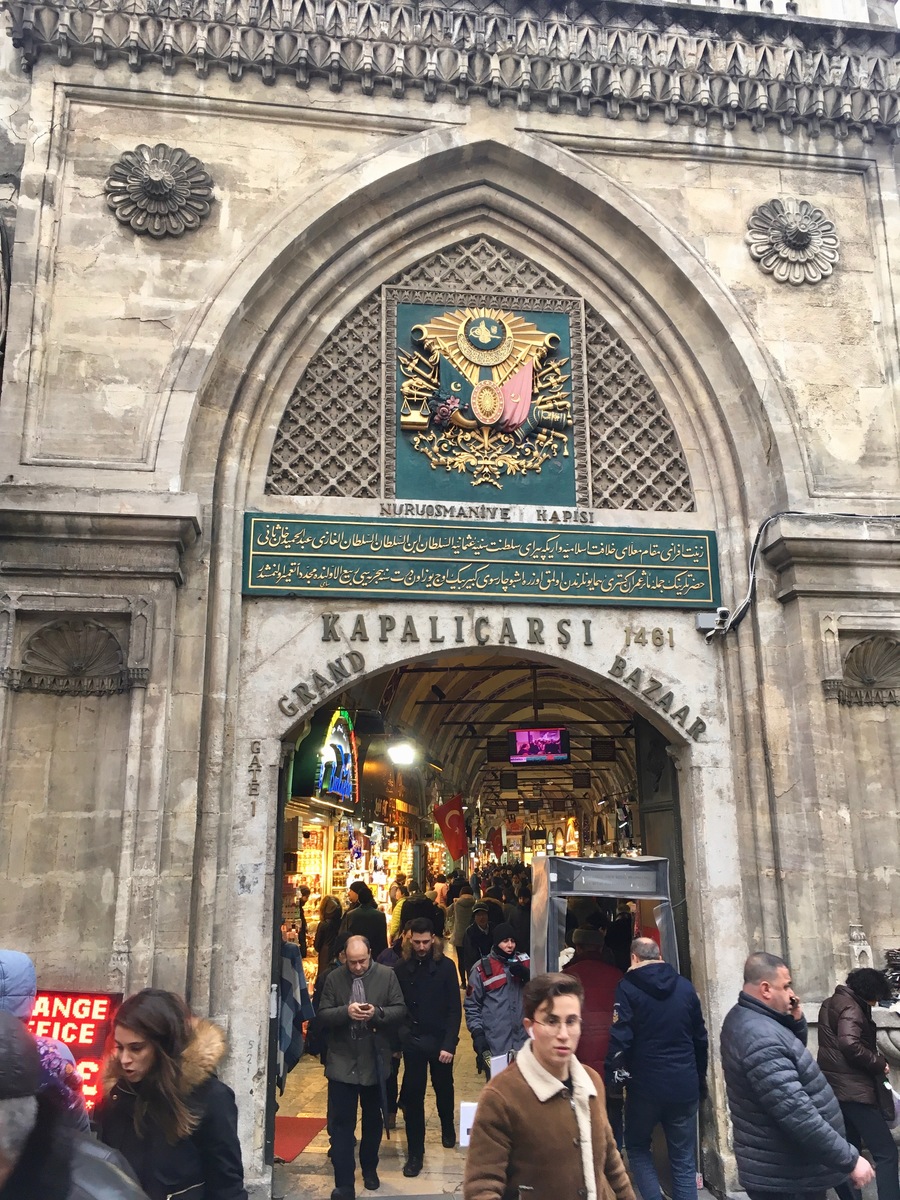
Containing over 4,000 shops, and built in the classical Ottoman architectural style, the bazaar is a sight to behold. Walking through the bazaar is like entering another world; its fabled, storybook-like layout is easy to get lost in, arches and narrow alleys seem familiar but then foreign at the same time. The bazaar’s shop owners live much of their lives in this mesmeric world, enticing visitors to see and buy their wares; colourful lanterns, aromatic essential oils, spices, brass and earthenware pots, mosaic pieces. It’s easy to fall into the trap of orientalist-style writing with romantic notions of the “allure of the East”, but in Istanbul’s Grand Bazaar it all seems to ring true. The experience is indeed spellbinding; not just a legendary place to shop, but a hypnotic and almost magical journey through the history of the city.
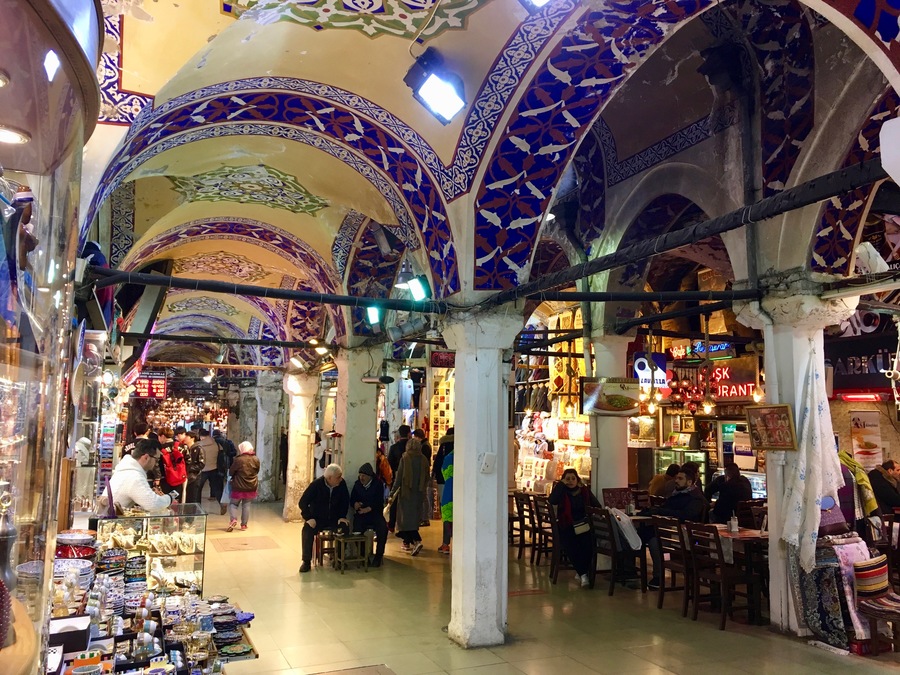
Istanbul’s Grand Bazaar is not just a place for trade, but there are countless other services too. Tea sellers shuffle around the bazaar, providing the merchants’ fuel for the day. Some shops close up at prayer time, their workers rushing off to worship at some of the mosques around the bazaar. Nearby is the Cemberlitas Hamam, one of the city’s oldest and most well known Turkish baths, where for centuries bazaaris and visitors have spent hours letting their days’ stress melt away in the steam-filled marble rooms.
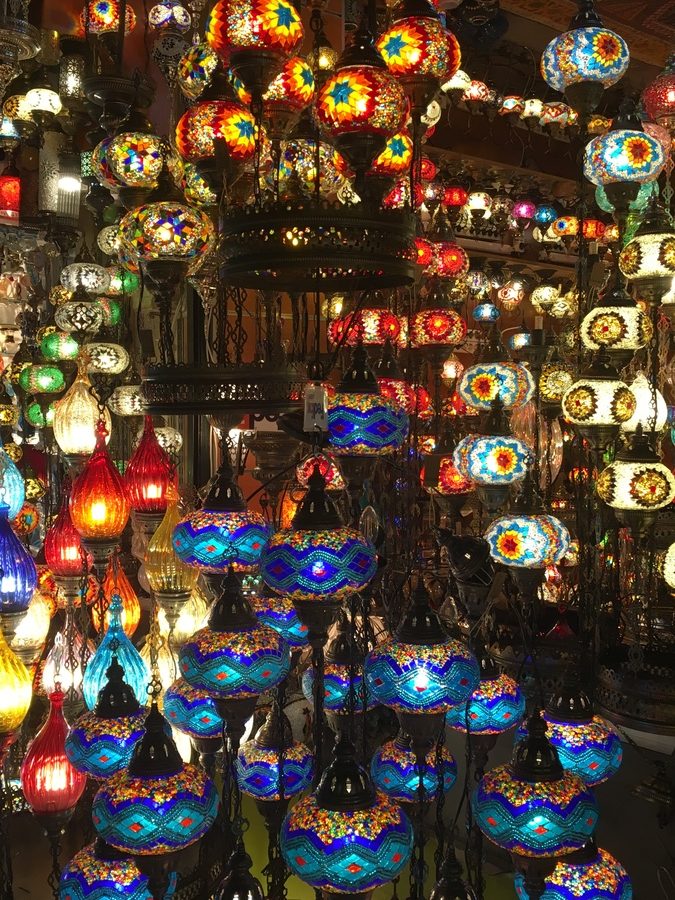
Recent figures show that the Grand Bazaar of Istanbul is among the world’s most visited tourist attractions, so perhaps Istanbul is still, after all these years, the meeting place of the world. Therefore the bazaar isn’t simply reflective of the city, but a microcosm of the city too. Istanbul is built on trade, and the bazaar is built to serve that; but within the bazaar itself is a city self-sufficient, filled with mystique and character quite apart from yet inextricably linked to that of Greater Istanbul.
*name changed to protect his identity
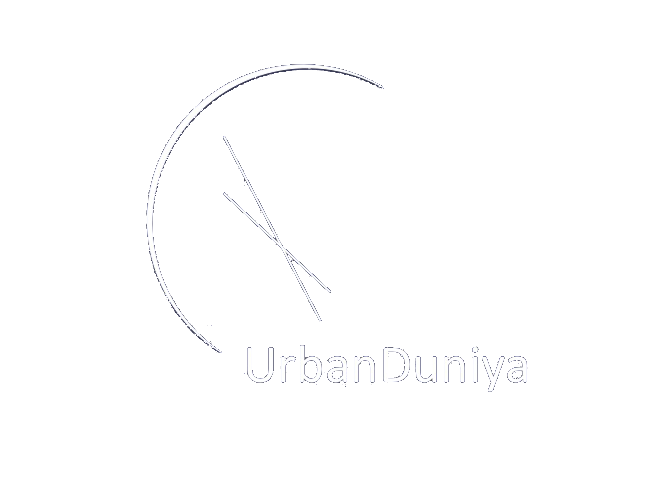
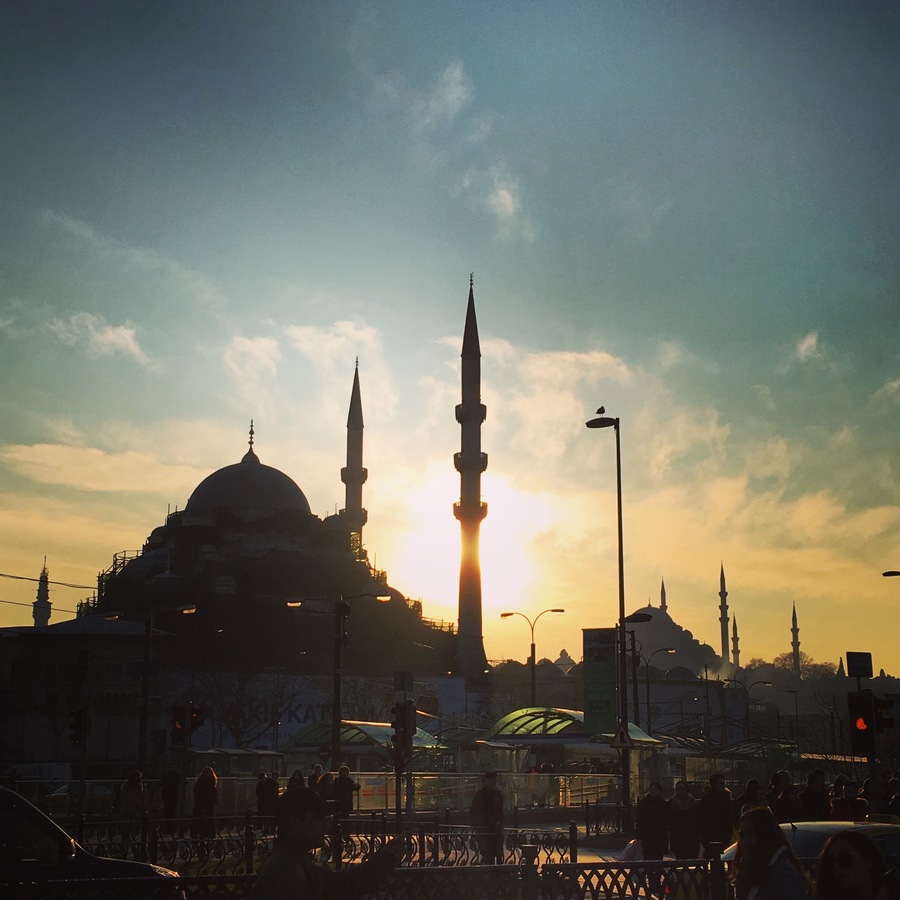
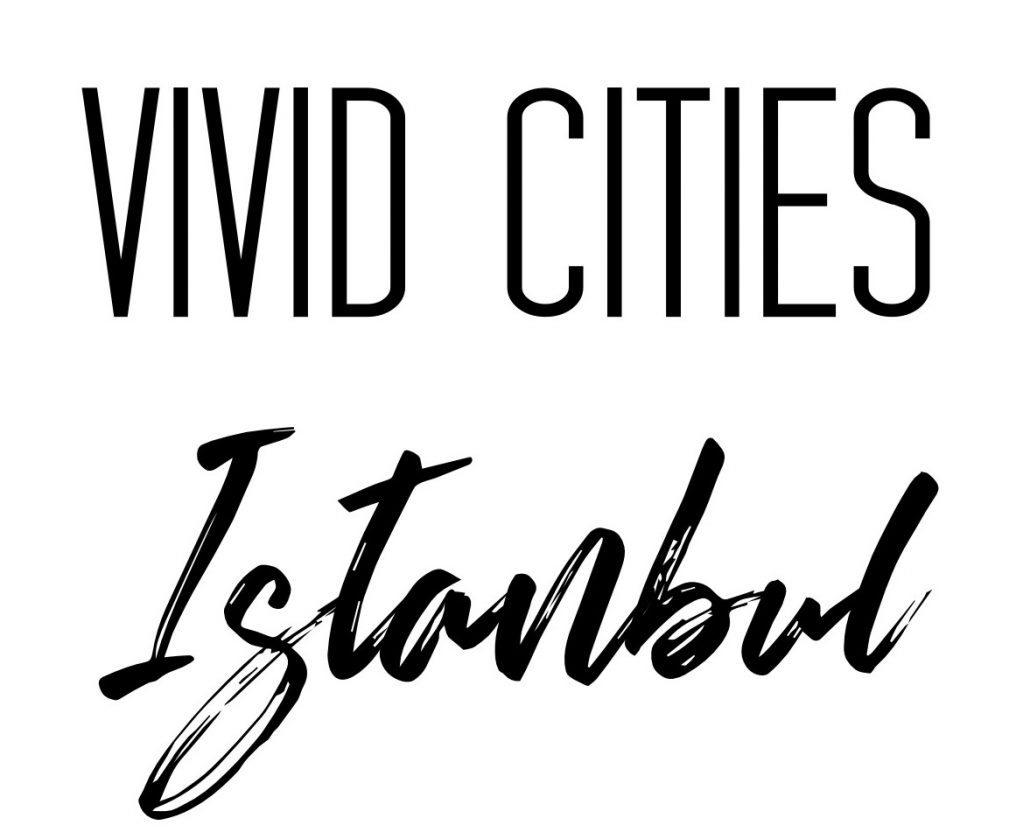
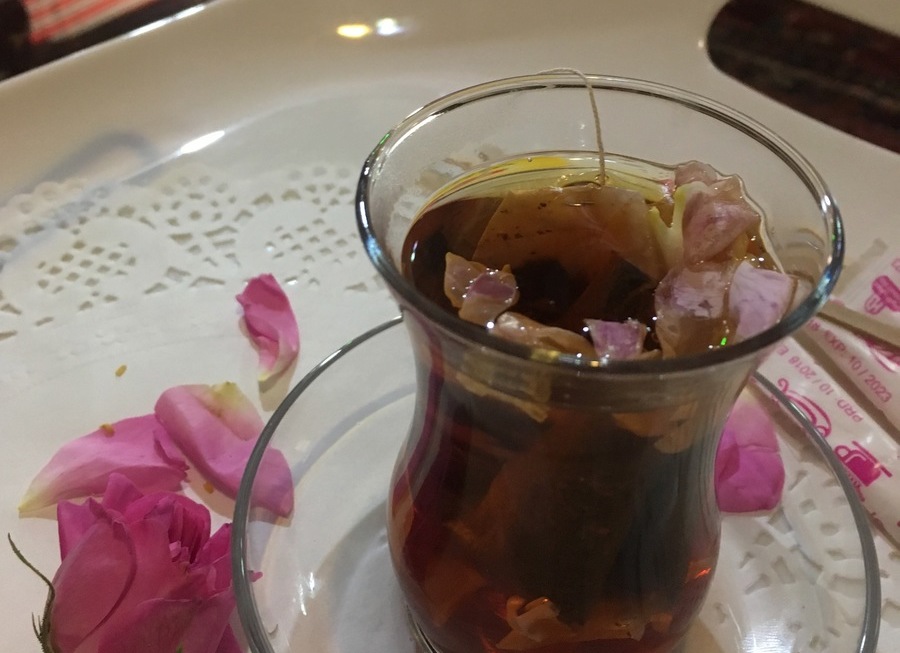


Very evocative. I love Istanbul, it has that wonderful vibe of excitement as you wander the streets.
In complete synchronicity, I am sitting at Sydney airport about to board a plane to Istanbul. Not stopping this time, I am off to the wonders of Gaziantep and the east.
Ooooh nice!! Looking forward to reading about where you’re going! Safe travels, and thanks for reading 🙂
Such a wonderful city, Tim! I think your final pic might be sideways…. its hard to tell though!
Thanks Andy – and yes, it was, now fixed – thanks for letting me know 🙂